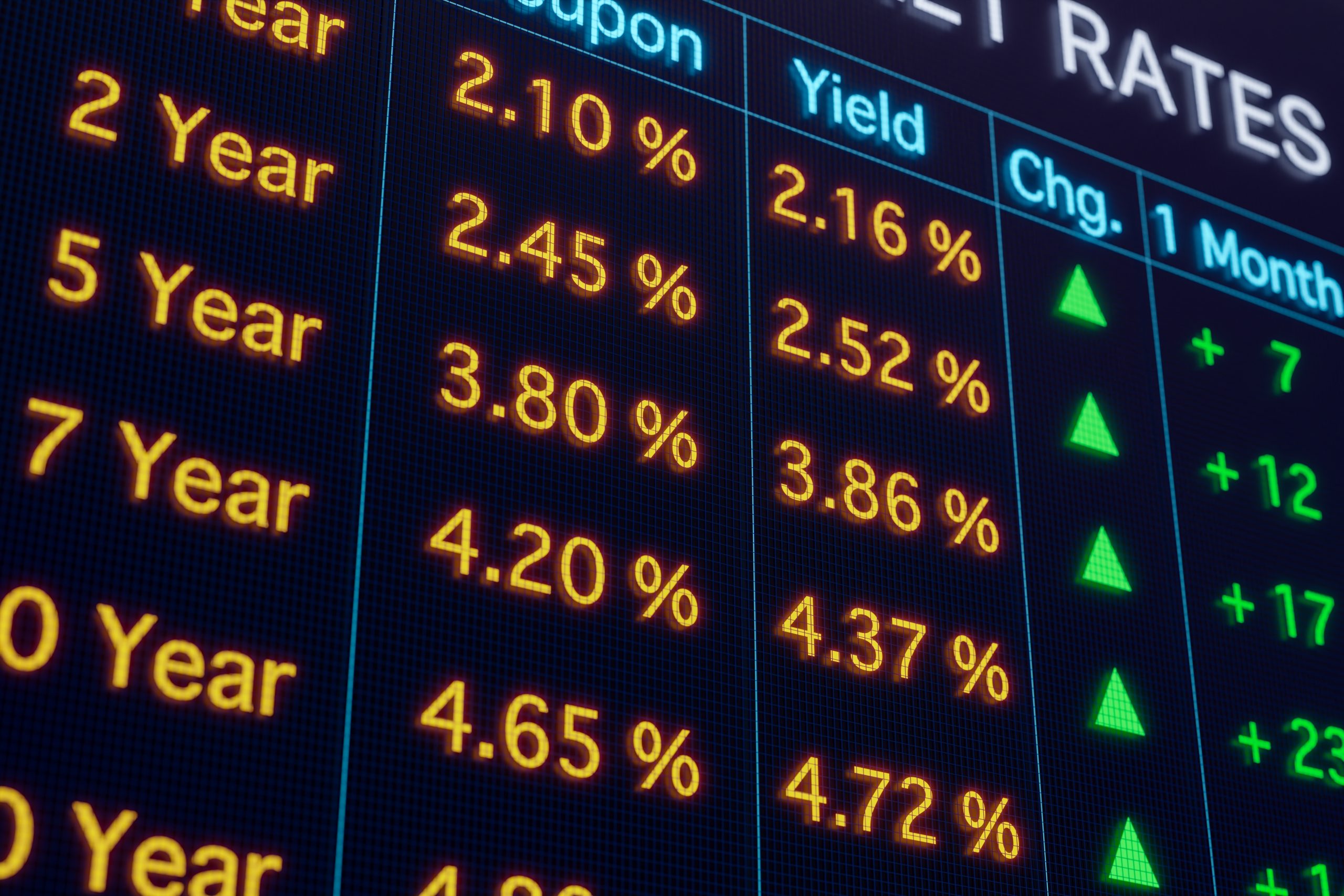Crude Oil Implosion Ignites Natural Gas Rally

Coronavirus Updates:
- The estimated number of total global coronavirus infections has risen to more than 126,007 with at least 4,614 associated fatalities
- Approximately 1,456 of the deaths linked to the novel coronavirus have occurred outside of mainland China across 26 different countries
- There are currently 1,279 confirmed cases of COVID-19 in the United States (37 fatalities)
- The Chancellor of Germany, Angela Merkel, told German Parliament on March 10 that 60%-70% of the German population could potentially contract COVID-19
- Global equity markets continue to gyrate, with the Dow Jones Industrial Average marking its largest single-day points decline on record (2,014 points on March 9)
- The Dow Jones officially entered “bear market” territory (>20% off recent highs) on March 11
- Lawmakers in the United States are currently weighing a variety of possible stimulus packages to assist the economy
- The United States Treasury is said to be debating whether to extend the April 15th deadline for the filing and payment of taxes
- Complications and delays associated with testing for the coronavirus in the United States have made it more difficult to properly categorize, isolate, and treat infected individuals
- Intensifying outbreaks in Iran and Italy continue to cause anxiety over the global spread of the coronavirus
- Many states in the U.S. have declared a “state of emergency” to help combat the spread of the coronavirus
- The Health Minister of Britain has been infected by the coronavirus
- For public safety reasons, there will be no audience at the Democratic debate scheduled for March 15
- It’s expected that the NCAA March Madness basketball tournaments will be played without fans in attendance to reduce the potential for spreading the coronavirus
While most attention has been focused on huge swings in equity markets during recent days, another narrative took center stage this week.
That would of course be crude oil, which staged its biggest decline in roughly 29 years when it dropped 24% on March 9. West Texas Intermediate, the primary benchmark for oil prices in the U.S., dropped to $31.13 by the close of trading on the 9th, its lowest level since February 2016.
With much of the financial markets in turmoil, the U.S. Federal Reserve made headlines last week when they cut benchmark interest rates by a half percentage point. This type of aggressive action by a sovereign central bank is sometimes likened to a “bazooka” because the intent is to “blow-away” uncertainty in the financial markets.
Over the weekend, Saudi Arabia demonstrated that it also possesses a fairly powerful economic weapon.
In response to failed negotiations with Russia over further global production cuts, Saudi Arabia shocked the world when it announced it would lower the price of exported oil by $7-$8 per barrel, as well as increase production by nearly 2 million barrels a day.
If the Fed fired a bazooka, then the Saudis essentially uncorked a howitzer, and their target was any and all competitors in the business of sucking crude oil out of the earth’s surface.
The new Saudi plan, as perceived by most energy analysts, is for the nation to drown the market in crude, catalyze a huge drop in prices, and then watch the weaker hands fold out of the game.
Saudi Arabia has the capacity to produce at least 12 million barrels of oil per day, but had throttled that back to roughly 9.5 million in recent years (in conjunction with OPEC and Russia) to try and push prices higher.
With Russia seemingly playing games about their continued interest in ongoing production cuts, the Saudis apparently felt their next best option was to simply force out the entities responsible for bringing oil prices down in the first place: American shale producers.
The shale revolution observed in the United States during the last 20 years was driven by new technologies that allowed American drillers to access oil reserves which were previously believed to be too expensive to access. As shale drilling gained momentum, the U.S. joined the ranks of the highest volume producers in the world, along with Russia and Saudi Arabia.
Given the realities of supply and demand, a surplus of available oil pushed prices lower, much to the chagrin of traditional oil players in the Middle East.
With the most recent action, Saudi Arabia has communicated to the market that the country is willing to suffer a bit from lower revenues in the short term in exchange for a smaller field of competitors in the medium-to-long term.
American energy companies, particularly those most exposed to shale, got absolutely decimated on Monday, with many stocks dropping as much as 50%. Russia took the Saudi announcement on the chin as well, with the Russian ruble dropping 10% against the U.S. dollar.
Russia relies heavily on crude oil revenues to balance its annual government budget, and Monday’s news means some difficult decisions lie ahead.
However, in the immediate future, small- and medium-sized oil producers in the U.S. and abroad face an even bleaker outlook. While the production cost for shale producers varies depending on region and size, there’s little doubt that few shale players can remain profitable with crude oil trading in the low $30s per barrel.
And while oil producers will feel the sharpest initial sting, banks and financial institutions that have lent money to the sector won’t be far behind.
Sifting through the ashes of the recent crude oil implosion, one energy product that was perceived as a “winner” in the aftermath was natural gas.
Crude oil and natural gas do share a significant degree of historical price correlation when it comes to movement in the two commodities. However, they can also be substituted for one another when it comes to power generation.
Due to the huge drop in the price of crude oil, it’s now expected that many smaller players will be forced out of the industry, or at least to conduct ongoing operations at a reduced capacity. That, in turn, should equate to a lower level of absolute supply, particularly in America.
While some of that supply gap may be filled with oil from Saudi Arabia, it’s believed that some traditional consumers of oil will likely switch to natural gas.
Amid the market chaos observed on March 9, which saw the Dow Jones suffer its biggest absolute point decline in history, natural gas was quietly staging a rally—a rally that extended through Tuesday, March 10.
Natural gas prices have now rallied from their extreme lows of $1.61/MMBtu to $1.93/MMBtu, an increase of 20% in just two days. It should be noted that natural gas prices had been languishing near the bottom of their historical range for months, and recently touched their lowest levels since August 1998.
The result of all these developments, depending on one’s outlook and risk profile, is that a plethora of new trading opportunities has theoretically now opened up in the energy space. These include directional plays in either crude oil or natural gas, as well as pairs structures that involve both.
Heightened volatility in the energy sector is another consideration, especially for traders who frequently utilize options to take advantage of mean reversion.
For more information on trading crude oil and natural gas as a pair, a previous episode of Closing the Gap: Futures Edition on the tastytrade financial network may be of interest.
To follow all the daily action in the financial markets, traders can also tune into TASTYTRADE LIVE Monday through Friday from 7:00am to 3:00pm Central Time.
Sage Anderson is a pseudonym. The contributor has an extensive background in trading equity derivatives and managing volatility-based portfolios as a former prop trading firm employee. The contributor is not an employee of Luckbox, tastytrade or any affiliated companies. Readers can direct questions about topics covered in this blog post, or any other trading-related subject, to support@luckboxmagazine.com.




















